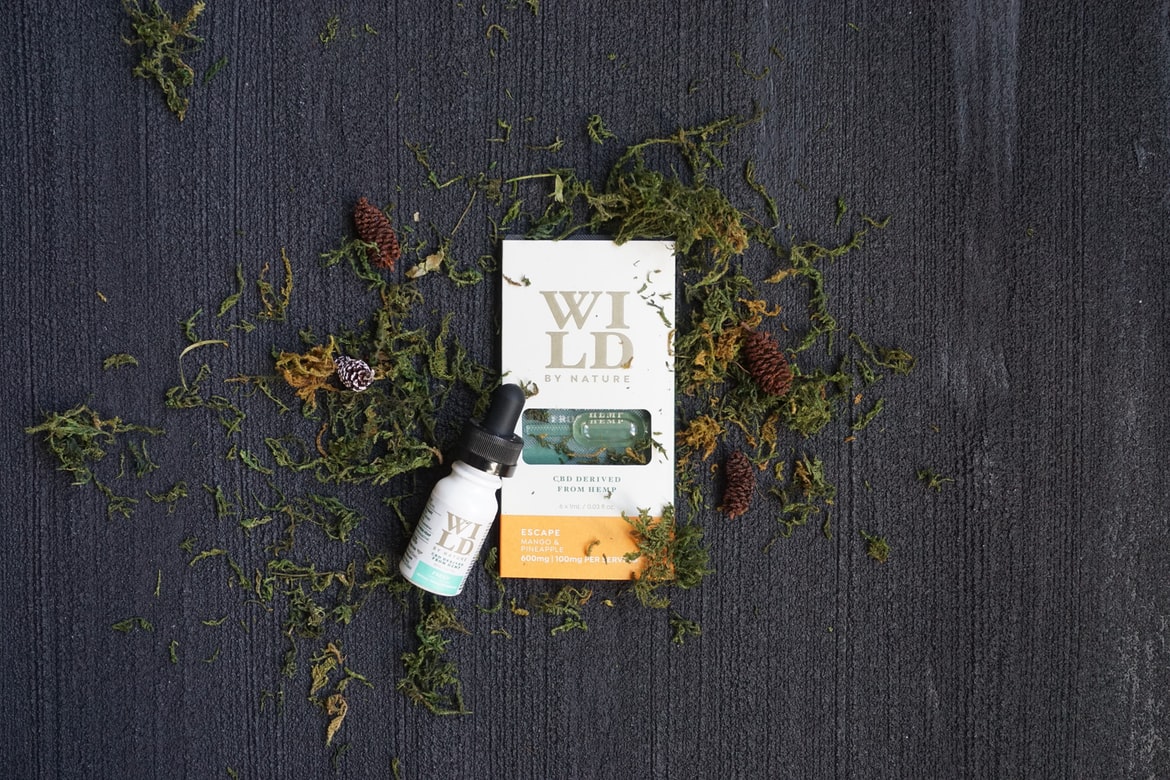Let’s face it — if you have skin, you’ve probably had zits. Usually, it’s blackheads and whiteheads that greet you in the mirror. They annoy you for a day or two, then they’re gone. What about the deep, big, red bumps that grow beneath the surface of your skin, though? That’s cystic acne, and it’s a lot harder to treat.
When bacteria mixes with the oil and dead skin cells that can clog your pores, you get cystic acne. It can show up on your face, back, chest, or anywhere on your body. Fortunately, it’s less common than the pimples you usually see pop up on your face. The bad news is that these bumps are larger, and they hurt. They also stick around a lot longer, resisting all your Herculean efforts to make them disappear.
After throwing everything but the kitchen sink at persistent pustules, you probably want to know why your attempts failed. There are several reasons why cystic acne is so difficult to clear up.
It’s Out of Reach

Yes, you can see and feel these bumps on your skin. That angry red appearance doesn’t mean they’re just below the surface, though. They’re really lurking much deeper. This creates a frustrating problem.
At the first sign of a pimple, you might naturally reach for an over-the-counter product. However, cystic acne is buried too deep for the benzoyl peroxide or salicylic acid medications to reach. Instead, you’ll need a prescription acne treatment. A dermatologist can help you figure out which medicine is best for you.
It Has Multiple Causes
Sometimes, it’s easy to pinpoint why you’re getting acne breakouts. That’s not the case with cystic acne. Doctors still don’t know the root cause for why you might develop these tough-to-treat, painful blemishes. Without a clear culprit, finding the right treatment can be hard.
These deep cysts can develop for several reasons. Genetics, fluctuating hormones (particularly the male hormone androgen), stress, makeup, and friction against your skin could cause these painful bumps. Usually, it’s a combination effect. For lots of people, genetics and environmental factors, like heat and humidity, conspire to create the deep cysts.
It Might Not Respond to Medication Immediately

Salicylic acid and benzoyl peroxide both do a good job of attacking regular acne. Finding the right medicine for cystic acne, though, can be more of a trial-and-error experiment. Because of that, it can take a while to see any real improvement. There are lots of treatment options you can go through to try to get your cystic acne under control.
Oral medications can reduce how much oil your skin produces, and birth control pills can regulate your hormones. Antibiotics can kill bacteria. You could also try in-office procedures, including chemical peels, micro-needling, and steroid injections. A dermatologist can help you figure out what works best.
It Can Be a Side Effect

When you take a medication, you expect it to help fix a problem without causing another one. If the meds you need lead to another issue, that’s frustrating. Unfortunately, that’s sometimes the case with cystic acne. It can be a difficult side effect — especially when it’s prompted by a medication you can’t stop taking.
Cystic acne can erupt with medications that target chronic conditions. It can pop up if you take corticosteroids, lithium, anticonvulsants, or anti-aging hormones. To clear up the acne, you might have to stop the medication. If you stop the medication, your condition could get worse. It’s a vicious cycle that makes it tough to get your acne under control.
It Lingers
Blackheads and whiteheads can heal in a couple of days. Cystic acne, though, sticks around. For some people, the deep cysts hang around for weeks or months. The longer it lingers, the harder it is for you to keep your hands off the spots.
Try to resist touching them, though. The more you touch, the more tempted you’ll be to try to pop them. That’s a bad idea! Unlike regular acne, these zits don’t contain fluid or pus. Remember, they’re also buried too deep under your skin. Squeezing one won’t give you the satisfaction of bringing anything to the surface. Instead, the cyst could burst, get infected, and spread more bacteria, potentially leading to life-long scarring.
How to Manage the Symptoms

Although over-the-counter products aren’t effective in treating cystic acne, you can treat the symptoms it causes at home. This can be especially helpful while you’re figuring out what medication or treatment option works best for you.
Wrapping a piece of ice in a thin towel can work wonders to bring down redness and inflammation. Gently press it against your cyst for a minute or two and do it again after 30 minutes.
Tea tree oil can also reduce that noticeable inflammation. Additionally, it can help attack the bacteria that cause the cysts. Dilute it with coconut or olive oil and apply a few drops to your face with a cotton ball. It can dry out your skin, though. So once it dries, put on some oil-free moisturizer.
If you have cystic acne, it’s going to take more effort for you to successfully clear up your skin. With time, patience, and coordination with your dermatologist, you can find a treatment that will help give you a healthy complexion.

